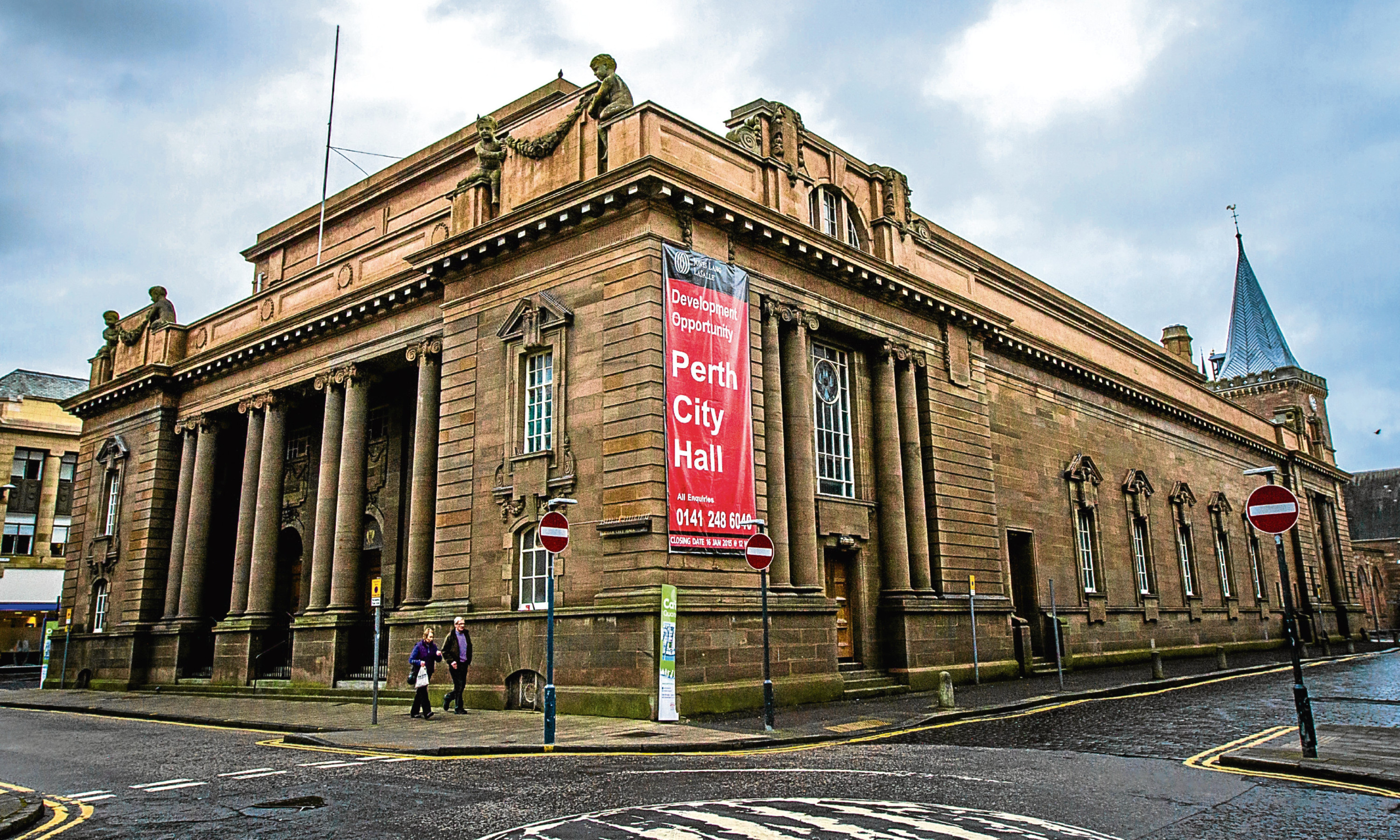Back in March I posed two questions in this corner of The Courier.
The relevant paragraph was as follows: “How long must it take before the self-evident becomes self-evident? How ridiculous must the city of Perth be made to look in the eyes of the outside world?
“The City Hall is the skulking shadow of the past. The civic square is the light and the space and the enlightenment of the future. It should be that simple.”
New information suggests the answer to the first question is a fair wee while yet. And the answer to the second question is really, really ridiculous.
As reported in Saturday’s Courier, Perth and Kinross Council is about to announce an international design competition for the City Hall, a project apparently intended to rival the V&A in Dundee, about which it seems to harbour something of a we-need-one-of-those obsession.
I think an international design competition is a good idea for the City Hall site, once the building is removed, that is.
Reconfigured as a “cultural attraction” it is still going to look like the City Hall, the elephant in the room guaranteed to squash Perth’s City of Culture aspirations by sitting on them.
Since it took the original decision to demolish the building and create a civic square, the council seems to have forgotten everything I assume it must have learned at the time about the worth of the latter idea.
So I thought that before the council lavishes millions on something it does not need by redesigning a building that may well be un-redesignable, I would supply a kind of civic square starter pack to demonstrate the cultural worth of the idea.
Item number one in the pack comes from the journal Urban Design International, the issue of September 2011, an article entitled “Public Squares in European City Centres”.
I quote: “Communities need public spaces as places for assembly. They are the physical manifestation that each community is coherent and vibrant.
“The reintroduction of public squares is part of reversing the erosion of the public sector and the public realm and reclaiming city centres from private interests for the benefit of communities.”
Item number two comes from the First Conference on the European Square, held in Salzburg in 2002 and attended by mayors, councillors, planning directors and professors of architecture, planning and social sciences from 22 countries.
The agenda included the square as a representation of the city’s unique identity.
The conference summary included this (and surely nothing is more relevant to Perth’s City of Culture prospects): “If the city is the second most important invention of mankind, then the market square is the most important invention of European city-making.”
Item number three comes from the many contributions to the conference, of which I particularly like the two extracts that follow.
The first is from a former mayor of Padova in Italy: “The piazzas of Padova reflect the distinctive character of our city. They epitomise the historical and artistic heritage that also generates economic prosperity.”
The other is from a former mayor of urban affairs for the City of Venice: “Without public spaces designed and organised for being together, a city cannot be considered a city.”
And that is a handy little cross-section of mainstream 21st Century thinking about the place of a civic square in European cities.
By that yardstick alone, it is arguable that if Perth opts to spend its millions on redesigning the inside of an ugly Edwardian heap that exerts a drab and depressing influence on everything that surrounds it, rather than creating “the most important invention of European city-making”, then it disqualifies itself from the possibility of becoming a city of culture.
Item number four is just a suggestion.
Have look at the Touropia website’s page of 14 Famous City Squares around the World. Feast your eyes and fill your imagination with the untapped possibilities that await the moment Perth City Hall is wiped off the face of the Earth.
My favourite is the Grand Place in Brussels photographed during a flower festival, which happens every other August.
It has been covered with a strikingly patterned carpet of a million begonias.
So… how much longer before the self-evident becomes self-evident?
